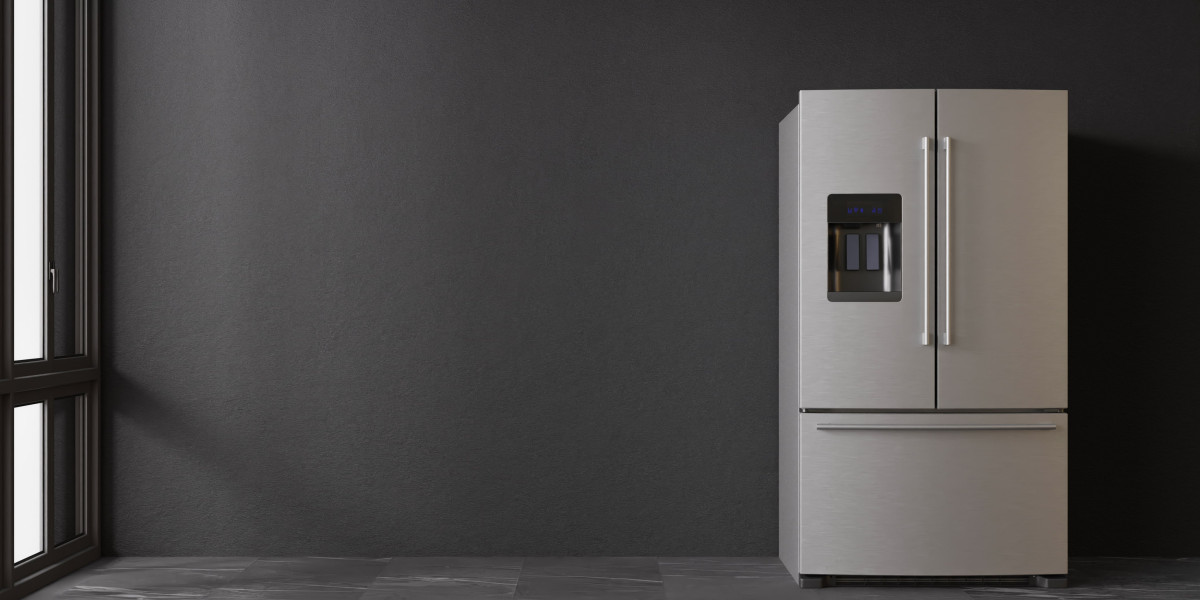As global economic shifts, societal changes, and growing environmental consciousness continue to influence the market, the demand for metal packaging is increasing, especially in the food and beverage sector.

1. Consistent Demand for Metal Cans
Among various types of metal packaging—such as bottles, drums, caps, and closures—cans remain the most popular. This trend is expected to continue, with the global can market projected to grow by 4.8% by 2026, reaching a value of $10.1 billion. The demand for two-piece cans is anticipated to grow the fastest, followed by three-piece cans. Materials like aluminum, tin, and steel make up one-third of the global metal packaging market, with aluminum expected to become the dominant material for cans in the future.
2. Versatility Across Industries
Cans are used across various industries, from food and beverages to cosmetics, pharmaceuticals, and paints. Although the food and beverage sector drive global demand, regional preferences vary. In North America, Latin America, Europe, and Japan, cans are primarily used for beverages and processed foods. In the Asia-Pacific region (excluding Japan), cans are popular for packaging oils, while the Middle East sees cans used for non-food items like cosmetics and pharmaceuticals. The Asia-Pacific region is expected to become the largest market for cans by 2022, with an estimated value of $27.46 billion.
3. Growth in the Global Food and Beverage Market
The increasing demand for ready-to-eat and packaged food and beverages, especially both alcoholic and non-alcoholic drinks, is creating new opportunities for metal cans. The United States remains the largest market for metal packaging, but developing countries, particularly in the Asia-Pacific region, are driving the growth in demand for packaged foods and beverages. China, India, and Brazil are notable markets where the demand for canned food is increasing. By 2022, China is expected to surpass other countries as the largest market for canned goods.
In Europe, known for its safe and high-quality food production, exports have doubled over the past decade. The EU's common market and policies ensuring smooth trade across member states further strengthen the food supply chain. The penetration of food and beverage markets in Europe is projected to rise from 12% in 2018 to 16% by 2022, creating significant growth opportunities for metal packaging, particularly in beverages.
4. Environmental Benefits
Aluminum cans are considered a more sustainable option, with recycling rates in Europe exceeding 70%. In contrast, plastic packaging poses disposal challenges and raises concerns over chemical transfer from plastic containers. The growing focus on sustainability has prompted companies to move away from plastics in favor of metal cans, especially those with healthier interior coatings. The bottled water industry in Nordic countries, for example, has increasingly shifted to metal cans due to their environmental and health benefits.
5. A Virtuous Cycle of Innovation
As demand for healthy and eco-friendly metal packaging grows, manufacturers are investing in innovations to meet consumer preferences. The result is the development of new packaging solutions that align with sustainability goals while catering to consumer tastes. This cycle of demand and innovation ensures that metal packaging remains a popular and environmentally responsible choice across industries.
Hot-Rolled vs Cold-Rolled Steel: Key Differences, Benefits, and Applications







